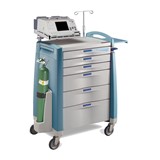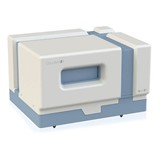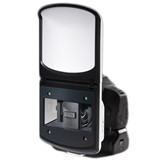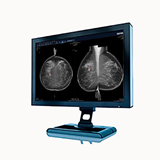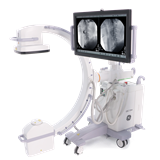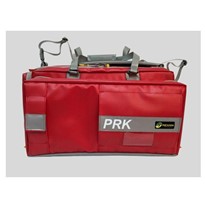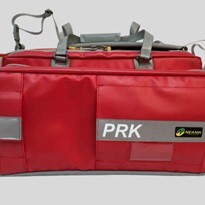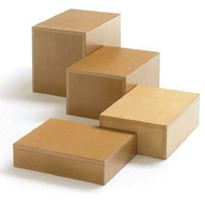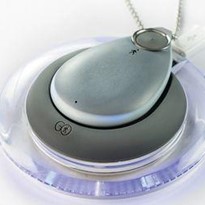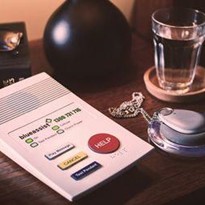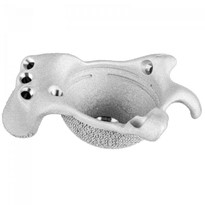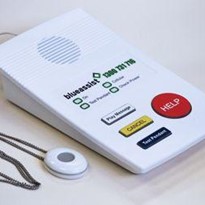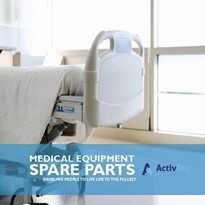Not all emergency response products are created equal.
There are several factors that need to be looked at when choosing emergency response products. For example, and most obviously, the equipment needs to be effective to carry out the role it is required to. It also needs to be reliable and safe to use.
"This is most obviously demonstrated in the design and the quality of the core materials that are use to produce the products," Simon Lloyd, head of sales and marketing at RAPP Australia, said.
Using unreliable equipment which doesn’t do its job in critical situations can pose serious problems.
There are two ways equipment can fail. Firstly, if the equipment is faulty or poorly manufactured with substandard core materials it can fail to fulfil its expected job.
"It's all about design, design, design! The design of the core components, the design of the functionality and the design of the product as a whole (is really important)," Lloyd told MedicalSearch.
"If you are considering a company that has a product that is mimicking another that is not of their design, alarm bells should ring."
Secondly, equipment can fail if it does not perform and meet the expectations of the end user.
"That fault usually lies with training or education on how to use the product and in what environment it best operates," Lloyd said.
Many products at RAPP Australia are customised – nine times out of ten, according to Lloyd – because each emergency services department faces different problems.
However, there are also many standard products which can be used across a variety of emergency service departments. For example, Veinlite, which assists with accessing veins.
A C-shaped ring design illuminates a small region of tissue and not only helps find the vein, but it also holds it in place for easy access without a tourniquet.
"Custom designed light shields snap on to the units to block bright overhead light which can interfere with the transillumination technique," Lloyd said.
"Pediatric or neonate adapters can also be used to cone down the light area for use with infants or neonates. All models come with latex free, single-use plastic covers to prevent cross contamination between patients."
The models include Veinlite LEDX, which is the company's most powerful hand-held device and has been designed for general vein access in adults and children. It has the largest field of view of all the portable Veinlites and can be used during sclerotherapy.
Veinlite LED is typically used in hospitals and has optimum vein imaging in all skin types, while the Veinlite EMS is a simpler version of the Veinlite LED and is commonly used by paramedics on ambulances.
The fourth model, the Veinlite PEDI, is the smallest vein transilluminator offered by RAPP Australia, and has been designed for neonates, including preterm, and infants.
A snap-on neonatal adapter is designed to shine six closely packed LEDs through a small opening for safe through-the-body transillumination of hands, feet and limbs.
For specifiers choosing emergency response products, Lloyd advises users to compare apples with apples and to research a company's brand and reputation.
"There are still a considerable amount of false claims in today's market and the buyer really needs to educate themselves. It doesn't take that long if you are willing to take the time to ask the right questions," Lloyd said.


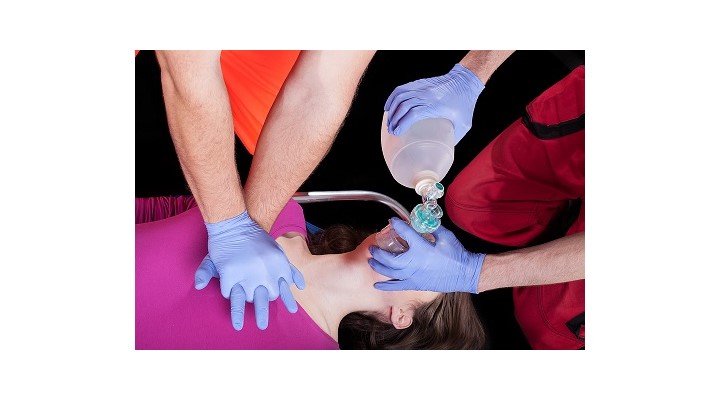
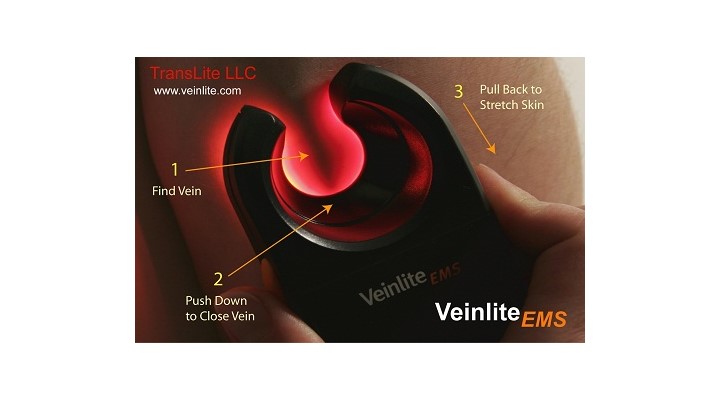


-160x160-state_article-rel-cat.png)

-160x160-state_article-rel-cat.png)
